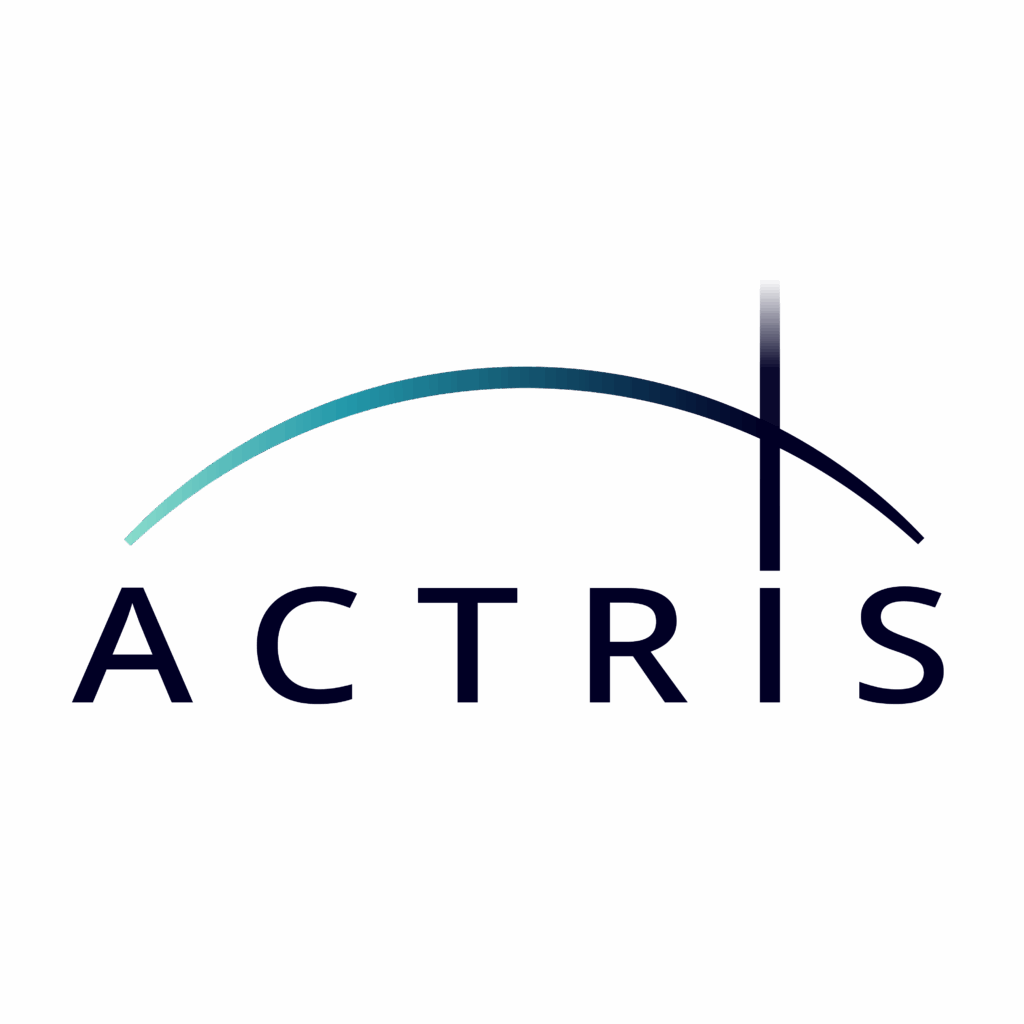ACTRIS (Aerosol, Clouds and Trace Gases Research Infrastructure) is a European Research Infrastructure that was officially established as ERIC in 2023, realizing an effort started in 2011 and pursued by the 17 founding countries by pooling their resources to open access to a wide range of technologies, services and resources in the field of atmospheric sciences which provides cutting-edge data and services to support atmospheric and climate research.
In particular, ACTRIS allows access to key information on the state of the atmosphere, thanks to a network of observation platforms capable of generating an unprecedented amount of data, with which to support the decision-making process of political institutions.
The CNR-IMAA has a key role in ACTRIS since its foundation with the coordination of the European FP7 ACTRIS project.
In ACTRIS ERIC, four ACTRIS Central Facilities are operational at the CNR-IMAA:
- The SAMU (Service Access Management Unit) of the Head Office which coordinates the provision of services and access to the infrastructure itself;
- The ARES (Aerosol Remote Sensing) unit of the Data Center, which presides over centralized processing, provision and access to data, implementation of traceability and data quality check for the aerosol remote sensing component. The unit also sees the participation of the CNRS with the coordination of the CNR;
- The AHL (Aerosol High power Lidar) unit of the CNR-IMAA of the Center for Aerosol Remote Sensing (CARS), for the quality assurance of lidar systems, intercomparison campaigns, tests of optical components used in high power lidars
- The DVAS (Data Discovery, Virtual Access and Services) unit of the ACTRIS DC of which the CNR-IMAA is part and which is responsible for organizing access to data from the thematic units of the data center and documentation of procedures to support observational and exploratory NFs.
Furthermore, the CNR-IMAA is also a National Facility for ACTRIS equipped with 1 Observation Platform and 1 Exploratory Platform.
The Observational Platform is made up of 4 observational components: aerosol remote sensing, aerosol in situ, clouds remote sensing and trace gases remote sensing.
The Exploratory Platform is a mobile system for aerosol and cloud remote sensing measurements.
Finally, the CNR-IMAA has a fundamental role in the national ACTRIS consortium: national infrastructure coordinator, the JRU manager and the Laison Officer are personnel belonging to the CNR IMAA.
The CNR-IMAA, in addition to offering access to the instrumentation and expertise of the personnel involved and operating in ACTRIS, offers the following specific services of its CF/DC nodes:
SAMU
- Structuring and updating of the Service Catalogue
- Continuous updating of the contents of the User Access Forum
- Continuous updating of user help desk contents
ARES
- long-term storage of lidar data
- automatic lidar data processing
- automatic quality control system
- training
- provision of access to data
- PID and DOI provision of data and data collection
- centralized processing of climatological datasets
CARS
- Intercomparison campaigns
- Lidar instrumentation/component testing
- Carrying out experiments with modular aerosol lidar
- Training
- Measurement campaigns with mobile system
- Quality assurance testing of lidar systems for aerosols
DVAS
- access to data
- access to documentation
- Level 3 data processing
- link data to external resources and databases



